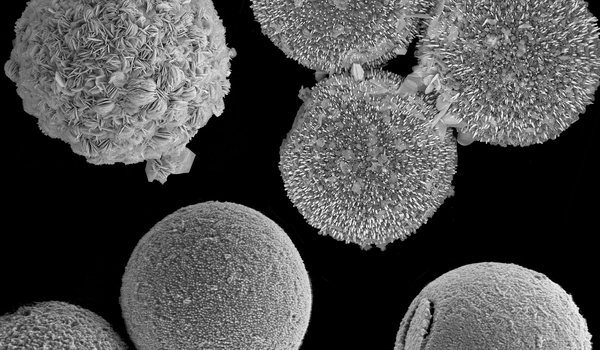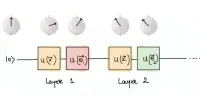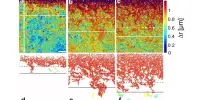Perovskites are a class of materials that have been studied extensively for their potential use in various electronic devices, including solar cells. Algae, on the other hand, are photosynthetic organisms that can be found in a variety of aquatic environments.
Single-cell algae have been transformed into functional perovskite materials by scientists. The researchers transformed algae mineral shells into lead halide perovskites with tunable physical properties. The new perovskites have distinct nano-architectures that are not achievable through conventional synthetic methods. The method can be used to mass-produce tunable structural and electro-optical perovskites from single-celled organisms.
Perovskites are materials that are becoming increasingly popular for a variety of applications due to their exceptional electrical, optical, and photonic properties. Perovskite materials have the potential to transform solar energy, sensing and detection, photocatalysis, lasers, and other fields.
Perovskites’ properties can be tuned for specific applications by changing their chemical composition and internal architecture, including crystal structure distribution and orientation. At the moment, manufacturing methods severely limit the ability to influence these properties. Using years of evolution of these single-celled organisms, a team of scientists at TU Dresden was able to create perovskites with unique nano-architectures and crystal properties from algae.
Current perovskite manufacturing methods are incapable of producing such materials synthetically. However, we can attempt to convert existing natural structures into functional materials while preserving their original architecture.
Dr. Zlotnikov
Taking Advantage of the Evolution
“Unicellular organisms have responded over hundreds of millions of years to a wide range of environmental factors such as temperature, pH, and mechanical stress. As a result, some of them evolved to produce absolutely unique biomaterials that are exclusive to nature,” says Dr. Igor Zlotnikov, research group leader at the B CUBE – Center for Molecular Bioengineering who led the study. “Minerals formed by living organisms often exhibit structural and crystallographic characteristics that are far beyond the production capacities offered by current synthetic methods.”
The researchers concentrated on L. granifera, a type of algae that forms shells out of calcite. The crystal architecture of their spherical shells is unique. The crystals are aligned radially, which means they radiate outward from the center of the sphere. “Current perovskite manufacturing methods are incapable of producing such materials synthetically. However, we can attempt to convert existing natural structures into functional materials while preserving their original architecture” Dr. Zlotnikov adds.

Chemical Tuning
The team had to substitute chemical elements in calcite to convert the natural mineral shells of algae into functional perovskites. They adapted a method developed by their collaborators at the AMOLF institute in Amsterdam to accomplish this. Scientists were able to create different types of crystal architectures during the transformation by changing the chemical makeup of the material. They could then fine-tune their electro-optical properties.
The team could create functional perovskites that emit only red, green, or blue light by converting the calcite shells to lead halides with iodine, bromide, or chloride.
Ready for Scaling Up
“For the first time, we demonstrate that minerals produced by single-cell organisms can be converted into technologically relevant functional materials. Instead of competing with nature, we can benefit from the years of evolutionary adaptation they have already undergone “Dr. Zlotnikov explains.
The method developed by his team can be scaled up, allowing the industry to use algae and other calcite-forming single-celled organisms to produce functional materials with unique shapes and crystallographic properties.
By transforming algae into perovskites, scientists may have found a way to combine the unique properties of both materials to create a new class of functional materials. These algae-derived perovskites may be tunable, meaning that their properties can be adjusted to suit different applications.
















